Who does not want to parachute once in his life? If you are among them, you must know that Parachute is a fabric that is made of lightweight yet strong cloth. Since it works as a device, the cloth must be sturdy enough to control a falling body. There are more exciting features that parachute fabric possesses. Keep reading as we have curated an entire article on Parachute fabric just to make you understand how it works!
Table Of Contents
What is Parachute Fabric?
Parachute fabric refers to the nylon-made fabric that is lightweight, strong, and durable. This particular fabric is mostly used for skydiving and other aerial activities of aerial.
To explore the versatility and durability of parachute fabric further, consider creating video showcasing its various applications beyond skydiving, such as in outdoor gear, camping equipment, and even fashion. Through engaging visuals and expert commentary, viewers can gain a deeper understanding of the unique properties and uses of this resilient material.
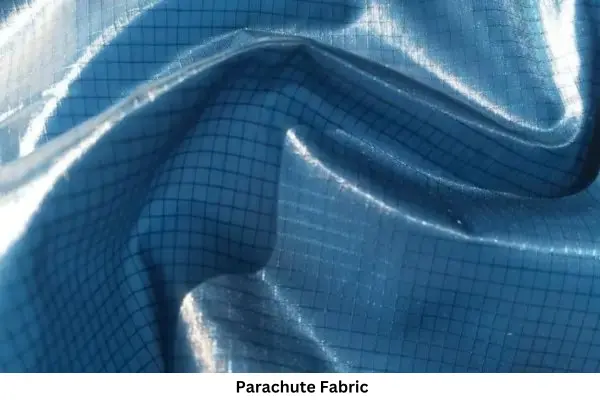
The fabric possesses some features that make it ideal for withstanding any stresses experienced in one's time of parachuting. Besides, parachute fabric has applications in coats, raincoats, uniforms of military and police, and parkas.
What is Parachute Fabric made of?
Parachute fabric is mostly made of canvas, kevlar, nylon, Dacron, and silk. Canopies of the Parachute tend to be high tensile. Also, canopies are made of PA 66 nylon multi-filament fibers, ripstop woven, from 32 to 200 deniers. Some manufacturers make parachute fabric with 100% polyester.
Manufacturing Process of Parachute Fabric
Parachute fabric goes through this general process flow of manufacturing. That is:
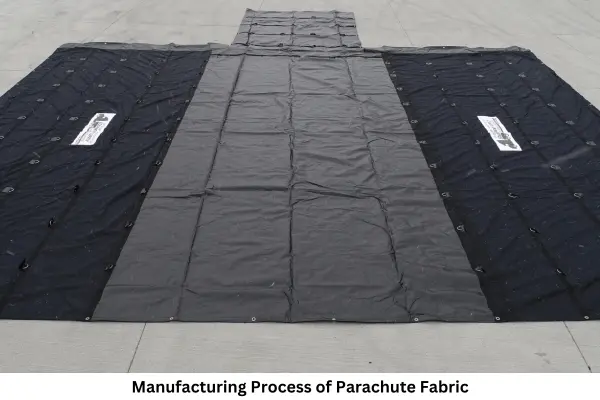
Assembling: To fit together the parts of the parachute
-
Cut nylon pieces with a computer or knife.
-
Sew four pieces to make a wedge shape.
-
Combine wedges to form a round canopy. Check for mistakes carefully.
Finishing: Giving the parachute an attractive surface appearance
-
Make the center strong and stop edges from fraying.
-
Add V-shaped tabs and tapes to the edges.
-
Thread lines through tabs and sew them to the canopy.
-
Connect lines to the harness in order.
Rigging: The system of ropes and cable with a view to supporting the parachute structure.
-
Connect the canopy to the harness with steel links. Check that everything is straight and secure.
Properties of Parachute Fabric
|
Fabric Name |
Parachute Fabric |
|
Fabric Materials |
Nylon, Polyester, Kevlar, Dacron |
|
Fabric Breathability |
Medium |
|
Fabric Durability |
High |
|
High |
|
|
Fabric Stretchability |
Medium |
|
Water Absorp Ability |
High |
|
Tear Resistance |
High |
|
Elasticity |
Low |
|
Application |
Clothing, Aerospace, and Medical |
Characteristics of Parachute Fabric
Parachute fabric has some key features. For instance:
Very Lightweight
Parachute fabric is crucial because it allows the parachute to deploy in an efficient manner. Hence, being lightweight is their main feature.
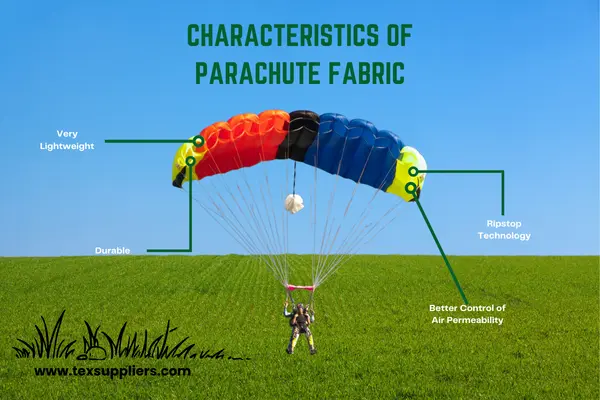
Durable
Parachute fabric is strong enough to withstand any descent force. Nylon and polyester made materials ensure that through their strength and resilience
Better Control of Air Permeability
Parachute fabric possesses low porosity with a view to controlling air permeability.
Ripstop Technology
It is a technology used in Parachute fabric that has thick reinforcement threads, woven at regular intervals to prevent any wear and tear situation.
Applications of Parachute Fabric
Parachute fabric has a multi-range of applications starting from outerwear to aerospace, and clothing. The main areas of application are
-
Outdoor Activities: Camping tents, hammocks, backpacks.
-
Sports Goodies: Kites, Windsocks.
-
Outdoor Clothing: Parachute jackets, uniforms of military and police
-
Aerospace: Aerial Vehicles, spacecraft, skydiving, parachuting
-
Flags and Banners
-
Medical Devices: Slings
FAQ
-
What is Polyester Parachute Fabric?
Polyester parachute fabric refers to the fabric that is polyester, i.e, synthetic polymer made. It makes parachute suitable for features of high tensil, low stretch, weather resistance, durable, and lightweight.
-
What is the cost of Parachute cloth per meter?
In India, Parachute cloth costs around 20 to 70 Rs. per meter. Nylon made parachute fabric is more elastic, mildew resistant, and less expensive.
-
What is Parachute Silk Fabric?
Parachute silk refers to the lightweight and strong fabric that happens to be fire resistance and easy to fold cloth. It replaced canvas material as the construction of a parachute.
Conclusion
Next time whenever you do paragliding and creating video Parachute as a fabric is lightweight and durable in nature. But when it comes to its application for outdoor goodies (camping tents, hammocks), the fabric cannot but have to be strong and weight becomes a critical factor. The parachute is woven with coarse and strong warp yarns that make the tear resistance more strong. However, parachute fabric has a lot of applications in real life, it becomes a lifesaver when you go for aerospace activities.






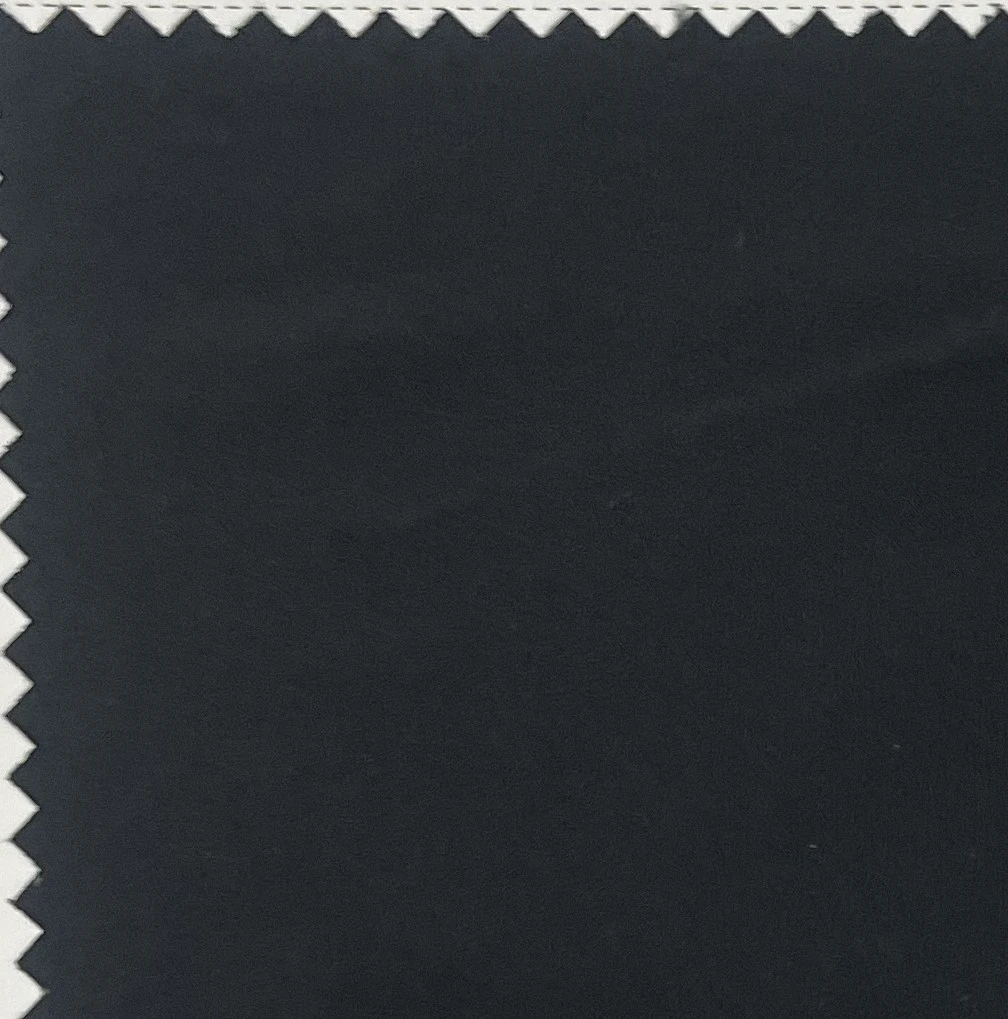
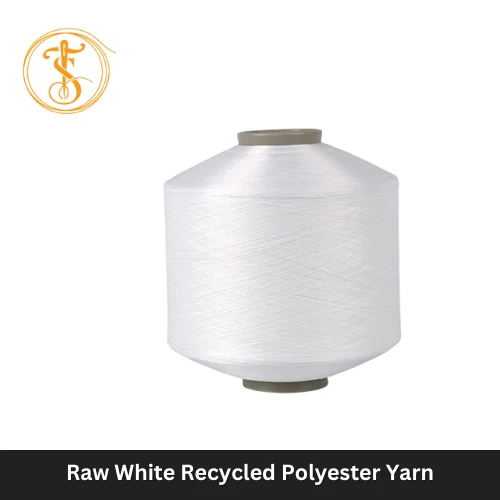
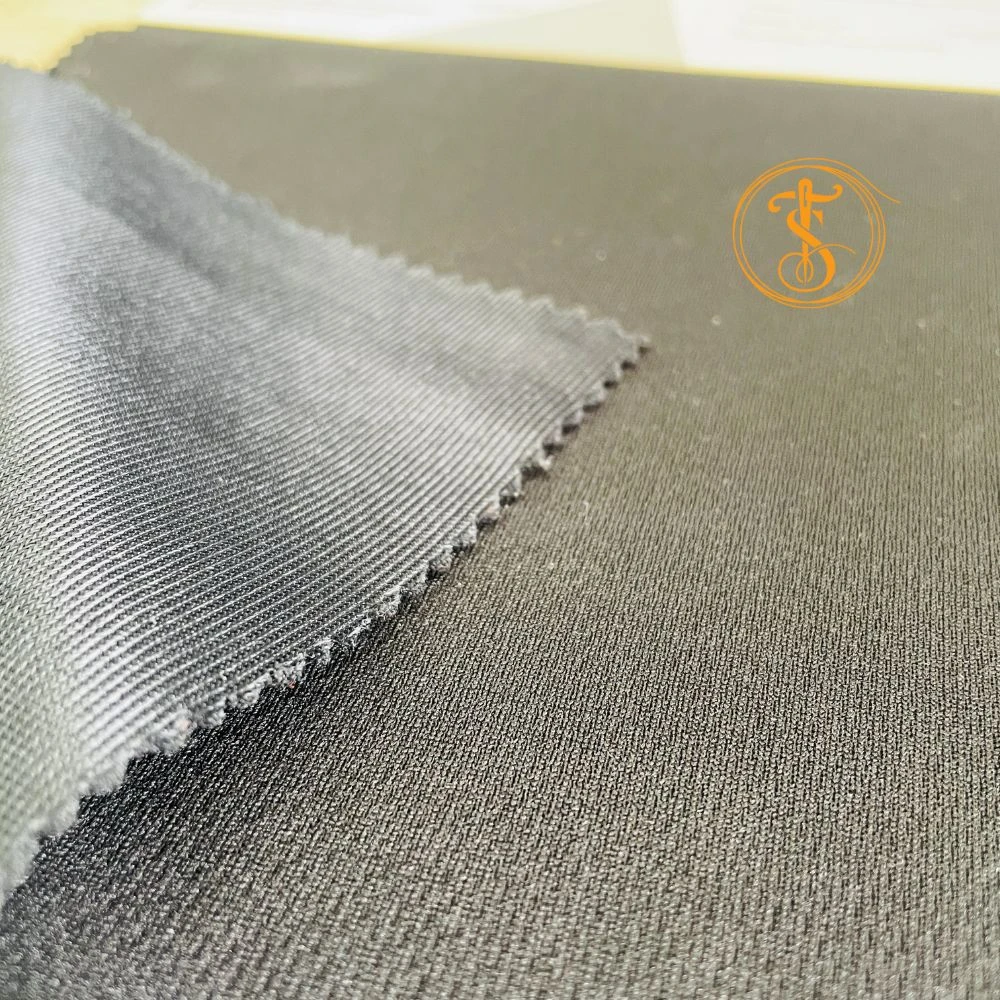
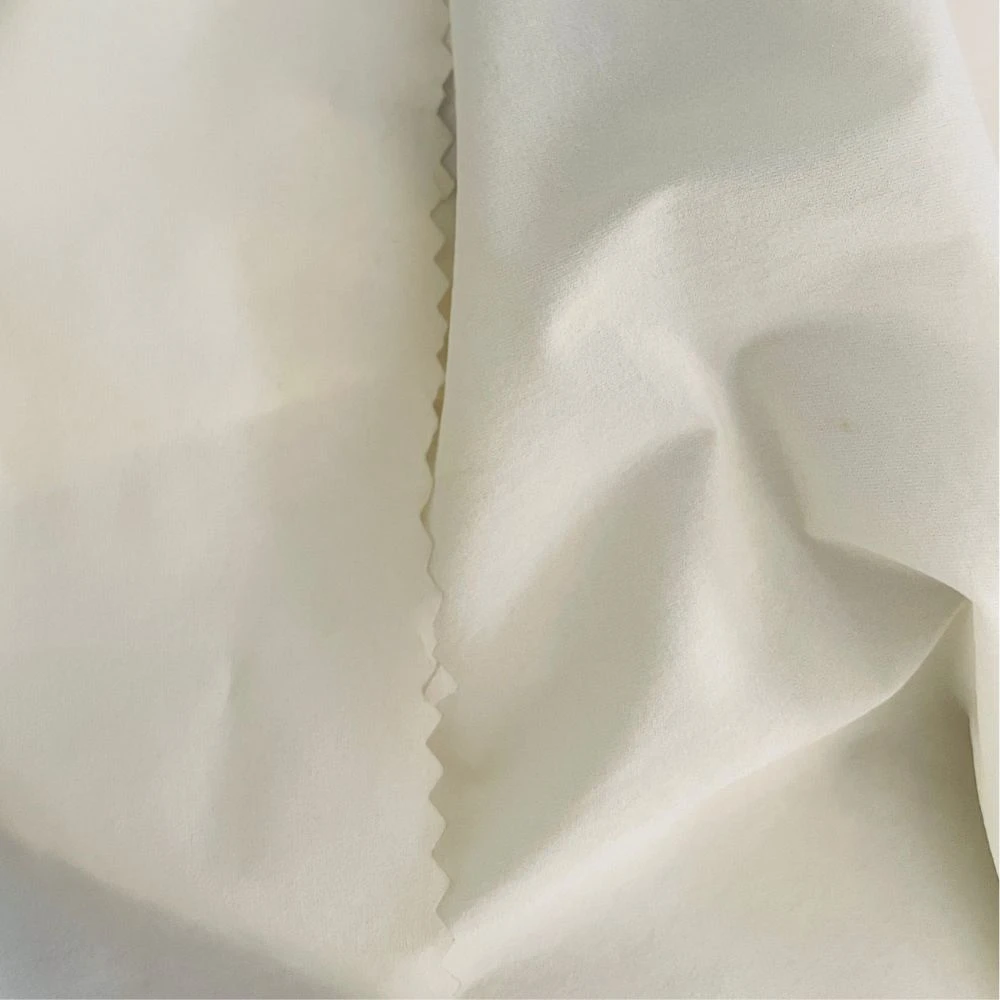
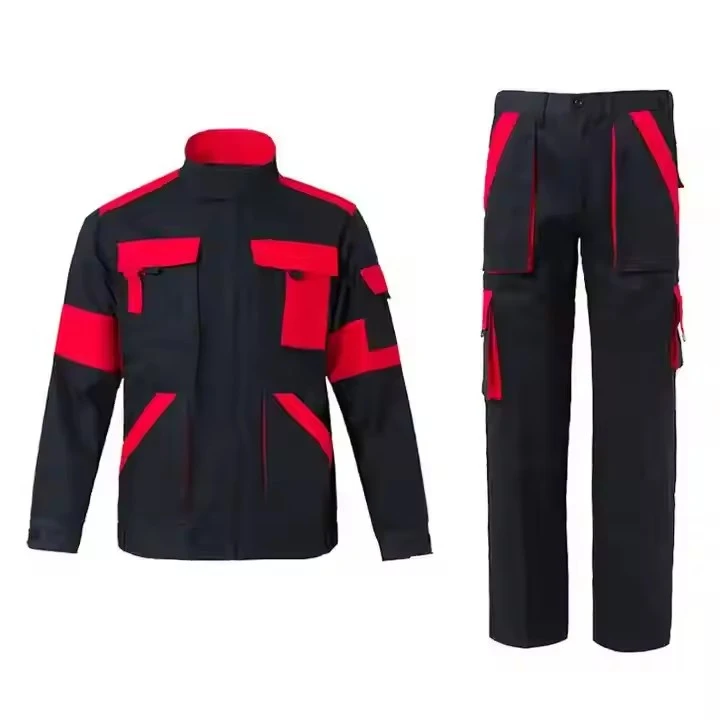





Comments - 00
Leave A Reply
Thanks for choosing to leave a comment.